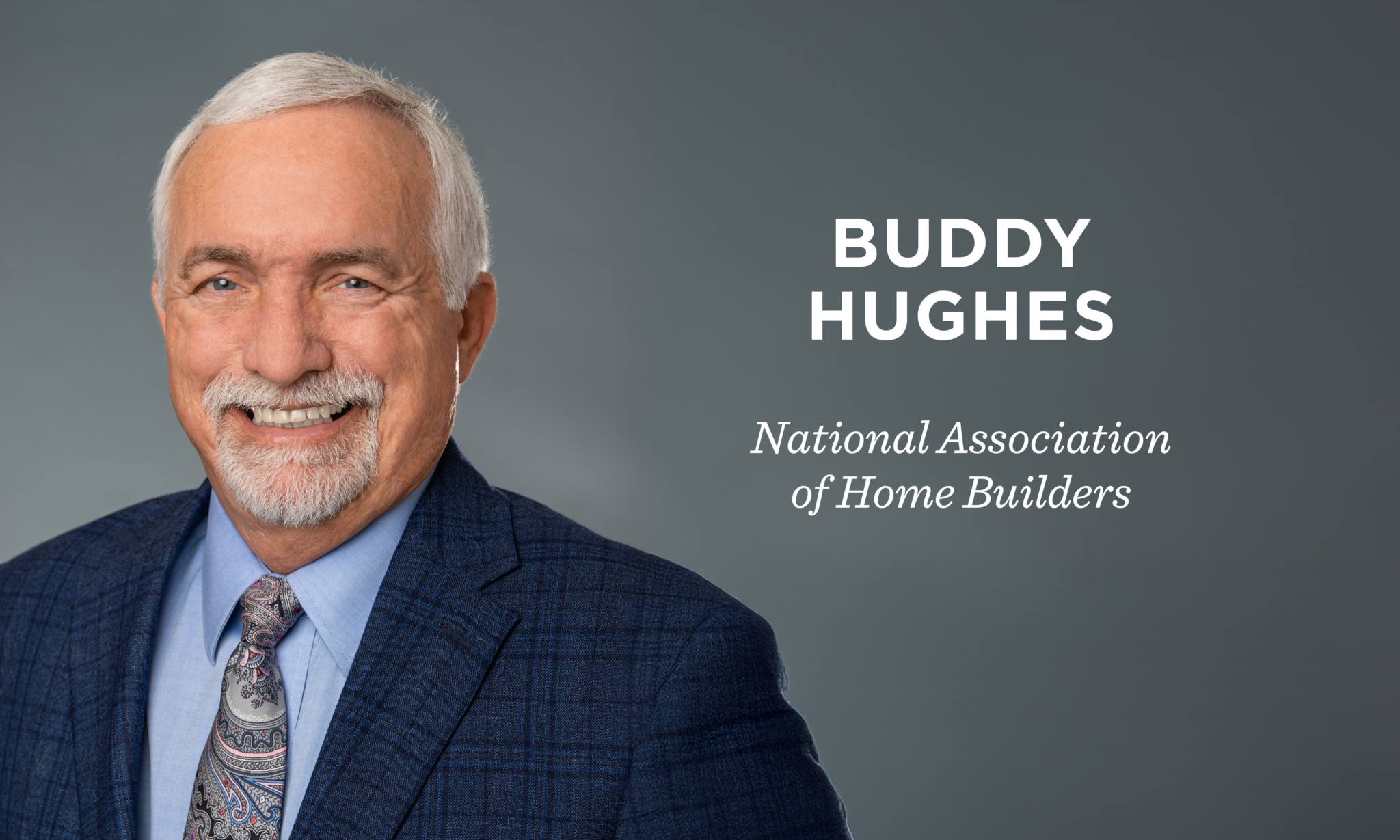Residential construction is one of the most heavily regulated industries in the United States. In fact, research conducted by economists at the National Association of Home Builders has found that regulations account for nearly 25% of the cost to build a single-family home and more than 40% for a multifamily development.
It is difficult to build affordable homes when the cost of regulations alone accounts for $93,870 of the price of an average new home. With surging housing costs and a nationwide shortage of approximately 1.5 million housing units, it is time to remove unnecessary regulations that slow new residential construction and harm homebuyers.
NAHB recognizes that reasonable regulations are necessary to protect the health and safety of workers, preserve the environment and maintain the soundness of financial institutions. But such regulations must strike a balance. If the harm caused by regulations is greater than the benefits they provide, they no longer serve the public interest.
The Trump administration has recognized that governmental overreach is directly fueling the national housing affordability crisis and has put forward a bold deregulatory agenda. As part of the effort, the Office of Management and Budget sought public opinion on potential deregulatory actions at the federal level. NAHB answered the call, submitting more than 35 recommendations to reduce the regulatory burden on the housing industry and lower costs for homebuyers.
What follows is a brief sample of NAHB’s ideas for easing the excessive regulatory burdens that drive up the cost of housing and harm millions of American families.
Definition of “waters of the United States”
The definition of “waters of the United States” (WOTUS) under the Clean Water Act determines which bodies of water fall under federal environmental protection. The previous administration expanded the government’s authority beyond Supreme Court rulings and created uncertainty and delays for developers, builders and farmers seeking construction permits. This has increased housing costs and contributed to the national affordability crisis.
NAHB supports the new administration’s efforts to narrow the definition to include only “relatively permanent” waters, excluding isolated wetlands, ponds and ephemeral streams. This would reduce compliance burdens, streamline permitting and open more land for housing development. A Trump administration WOTUS rule is currently undergoing review by the Office of Management and Budget and is expected to be proposed by the EPA and the Army Corps of Engineers sometime in October.
National Flood Insurance Program Technical Bulletins
The National Flood Insurance Program requires buildings in 100-year flood zones to meet minimum standards set by the Federal Emergency Management Agency. Buildings must be elevated above the base flood elevations on official maps, but FEMA’s Technical Bulletins exceed these minimum standards by restricting ground-level use in multifamily buildings to parking, storage or access only.
NAHB recommends removing this guidance and allowing lobbies and amenity spaces below base flood elevation if residential units are elevated. This would improve design, increase space efficiency and enable builders to deliver housing faster and more affordably.
Heat injury and illness prevention
The Occupational Safety and Health Administration has proposed a new rule targeting heat injury and illness prevention in indoor and outdoor work settings across many industries, including construction. However, the one-size-fits-all proposal ignores the long-standing “water, rest and shade” practice. It also would require formal prevention plans, extensive training and detailed record-keeping that many builders of small homes will struggle to manage.
NAHB recommends revising the proposal to ease burdens on small businesses that would delay projects and increase building costs. It should allow flexibility and recognize the unique needs of different industries and job sites in different climates.
Reform the Davis-Bacon Act
The Davis-Bacon Act sets wage rates for most publicly funded construction projects, including those supported by the U.S. Department of Housing and Urban Development and Federal Housing Administration multifamily programs. Currently, the wage determination process is outdated and flawed, often producing rates that don’t reflect actual local wages. Administrative burdens have also grown and made participation in Davis-Bacon projects financially infeasible for many builders.
NAHB supports withdrawing the current rule and reproposing it with substantial revisions to reduce costs, ease compliance and support affordable housing development. A key change is updating the wage-setting methodology to reflect accurate local wages.
Pushing for sensible regulations
NAHB will continue to work with the federal regulatory agencies as the Trump administration seeks common sense changes that will make regulations less burdensome. The association’s advocacy team also will be working with its local and state association partners to reduce local regulatory barriers to new-home construction.
At the local, state and federal levels, we’ll work with anyone who can help us meet the housing needs of our nation’s families.
________________________________________________
Buddy Hughes, a Lexington, N.C.-based homebuilder and developer with more than 45 years of experience in the homebuilding industry, is the National Association of Home Builders’ 2025 chairman of the board of directors.

